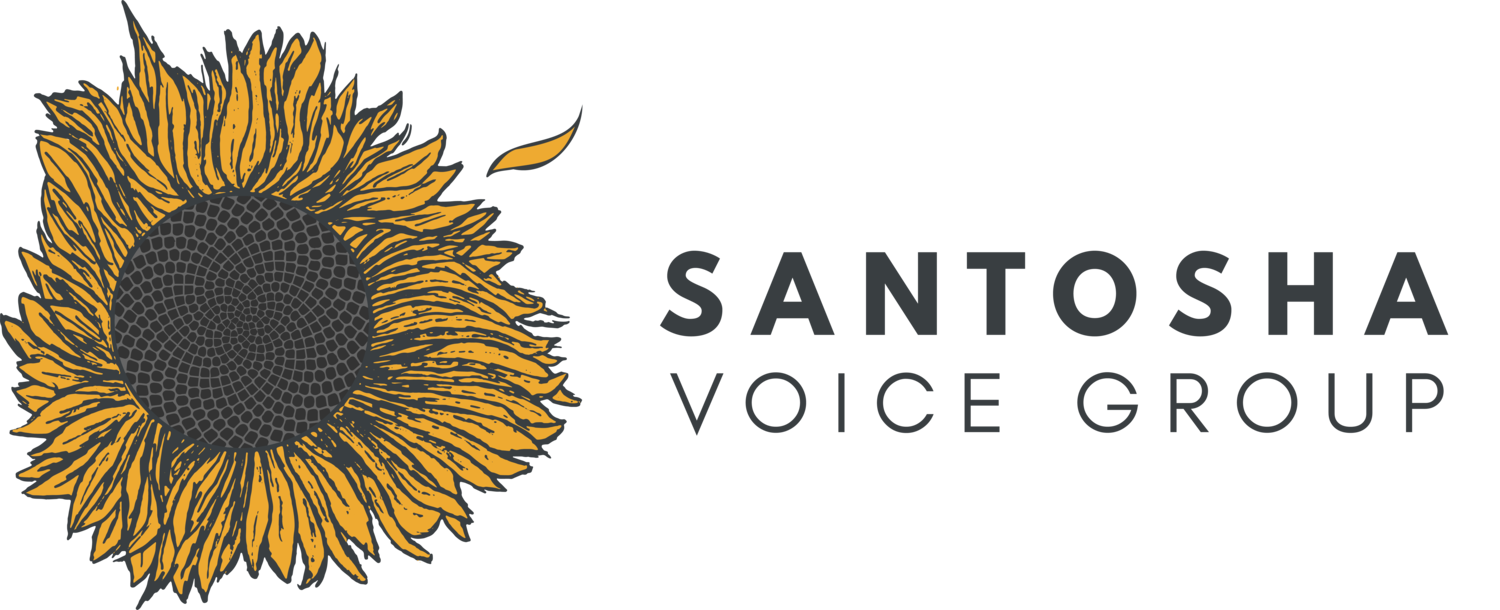Athletics and Aesthetics
Teaching the Next Generation of Opera Singers
Singers, professional or amateur, regard the spectacle of the Olympic Games as virtually identical to their own work. Even an inexperienced singer knows – as Gertrude Stein would say – that performance is performance is performance, whatever the field. It matters not that an athlete broke an Olympic record back home in Indiana on a Thursday afternoon at 2:00 pm. It only counts when he or she does it at the appointed time and in the appointed place, under pressure, in Tokyo say at 10:17 am. Similarly, it matters not how well the singer performed the aria at the Monday rehearsal; it only counts when he or she sings it well on Wednesday evening at 8:26 before an audience.
Power Performance for Singers (Emmons & Thomas), pg. 5
And this is so true. In high-level arts as well as high-level sports one question has taxed researchers, trainers, teachers, athletes, and artists alike: How do we train to attain that peak performance and then do it again and again and again?
The higher the level of physical well-being and mastery of the vocal, musical, linguistic, and dramatic skills, the more control you have over your performance. So we as voice teachers must help our students get to their highest level of physical well-being and mastery of all these skills when training the next generation of singers. In 2021, each singer must also be able to do so many more things such as to perform well while recording herself in her bedroom, or on a livestream without any audience present. Auditions are no longer held in person in most cases. So a peak performance must also be available on command at home. And this is so true. In high-level arts as well as high-level sports one question has taxed researchers, trainers, teachers, athletes, and artists alike: How do we train to attain that peak performance and then do it again and again and again?
Overview of Training
First the singer must have general physical well-being. To that I’d like to add both mental and emotional well-being. The days of the large opera singer are over. We now know that physical bulk does not necessarily equate to vocal bulk. The large voices needed for large opera houses come from large bone structure, physical strength and endurance, and optimal use of the vocal mechanism (resonators, breath capacity, etc). Many voice teachers today recommend regular exercise as well as such techniques as hatha yoga, therapy, and meditation to help the student achieve and sustain general physical, mental and emotional well-being. These same techniques are increasingly used in sports as well. The same holds true for musical theatre and pop singers.
Of course mastery of musical, linguistic, and dramatic skills requires special workshops and courses and these workshops and courses are crucial parts of any college curriculum or singer training program and take serious study.
The training aspect we will focus on today is how to train the voice itself. Aspiring professional singers must find a competent voice teacher to help them build, open, train and refine their instruments as thoroughly and efficiently as possible. And that means muscle training. The singing voice utilizes many muscle groups – large muscles like the diaphragm and muscles of respiration and fine muscles like those in the larynx. All of these muscles must work together perfectly to attain: perfect alignment, great breath support and a clear, strong, resonant, beautiful tone.
Overview of Training the Vocal Mechanism
Just as any athlete trains daily first with general muscle building exercises and then by practicing his or her specific sport skills, so the training vocal athlete also begins each day with general muscle building exercises and then practices his or her specific repertoire skills.
We are going to focus on muscle-building exercises for specific outcomes in singing.
We start with the entire body because our instrument is our entire body. Let’s prepare to sing by warming up.
Warm Up
1. Stretch all the muscles we are about to work out
2. Large muscle groups
3. stretch up and side to side
4. stretch arms and sides
5. jump or run in place to get blood moving & warm muscles
6. Facial and mouth muscles
7. Laryngeal muscles - sirens
8. Warm up breathing muscles –
but wait, what type of breathing should we use?
1. Hisses
2. Long Tones
A peak performance is within your power. It is not a gift of fate. It is not a reward for living a good life. It is a result of your attitudes and efforts in the entire cycle of performance.
Shirlee Emmons


